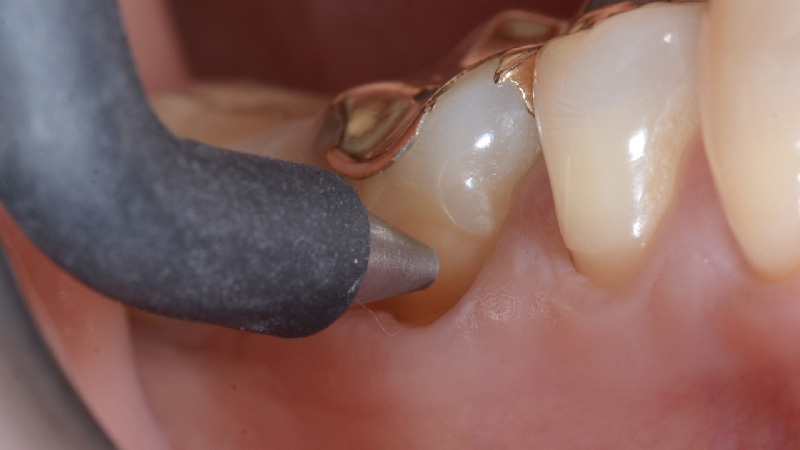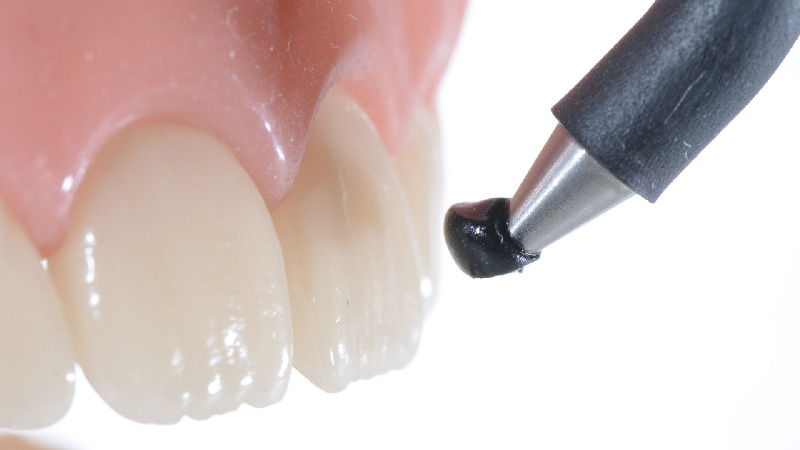Exploring the Four Autoclavable Probes of Digitest 3
Ever wondered how to ensure accurate pulp vitality testing while maintaining strict hygiene standards in your dental practice? Digitest 3 pulp vitality tester delivers precision and reliability in dental diagnostics. Equipped with four autoclavable probes, it allows dentists to perform safe, accurate, and consistent pulp vitality tests across all tooth surfaces including crowned or restored teeth.
Moreover, it is designed for ease of use, ergonomic handling, and strict infection control, Digitest 3 ensures every test is both effective and hygienic. Enhance your diagnostic process and patient care by using Digitest 3 and its four autoclavable probes. In this blog, we will talk more on the features, purpose and maintenance of the four different autoclavable probes and accessories of Digitest 3. But before that, let’s shed some light on why Digitest 3 stands out among other electric pulp vitality testers.
Why Digitest 3 Pulp Vitality Tester Stands Out
Digitest 3 pulp vitality tester is designed with both precision and ease of use in mind. Its intuitive one-button operation, ergonomic design, self-calibration, and ability to test crowned teeth make it a trusted tool for dental professionals. To learn more about Digitest 3 and its accessories please read this instructions for use (IFU).
Among its standout features are the four autoclavable probes, which ensure clinicians can safely and effectively access all tooth surfaces while maintaining the highest standards of infection control. If you want to know more about Digitest 3 and its four autoclavable probes, please read this document.
The Four Autoclavable Probes of Digitest 3

Digitest 3 pulp vitality tester includes four specialized autoclavable probes. Each probe ensures safe and accurate access to different tooth surfaces, supporting reliable pulp vitality testing. Below are the names of four different probes and their respective purposes.
| Probes Name | Purpose |
| Posterior Autoclavable Probe | Longer probe providing access to posterior tooth surfaces |
| Anterior Autoclavable Probe | Shorter probe, designed for anterior teeth |
| Precision Labial Autoclavable Probe | Thin straight probe for labial access, ideal to test the space between the gingiva and a crown with minimal risk of interference |
| Precision Lingual Autoclavable Probe | Thin curved probe for lingual surfaces, ideal for palatal access to an abutment or distal access to a crowned tooth |
These four autoclavable probes make it easier to perform pulp vitality testing while maintaining strict infection control and device reliability.
How to Clean and Sterilize the four Autoclavable Probes of Digitest 3.

To maintain accuracy and patient safety, the four autoclavable probes, the cable and the metal ground clip of Digitest 3 must be properly cleaned and sterilized after each use.
All the accessories, including the cable, can be reprocessed in a washer- disinfector using enzymatic or low alkaline detergent, suited for medical devices or a neutral cleaning agent with minimal foaming suited for medical devices. As for most non-invasive dental instruments, the EN ISO 1583 validated procedure includes pre-wash in cold water, 2×2 min, main wash with detergent at minimum 55°C, 10 min, rinse in warm water, 2×1 min, final rinse/disinfection in distilled or de-mineralized water at 90°C, minimum 1 min and drying at 110° C, minimum 15 min. Use drinking water quality for cleaning and de-ionized or purified water for final rinse/disinfection.
If the dental clinic is not equipped with a washer-disinfector the probes and other accessories can be cleaned manually.By rinsing the probes under warm running water for 30 seconds to remove debris. If needed, use a soft soapy brush with non-ammoniated detergent, then rinse again and blot dry.
Once cleaned, the probes and other accessories can be sterilized in a conventional steam autoclave at 130º–134ºC (15 minutes for gravity displacement units or 4 minutes for pre-vacuum units). Proper sterilization ensures infection control and preserves the long-term reliability of Digitest 3 pulp vitality tester. These items can be autoclaved for 250 cycles before requiring replacement.
How to Maintain and Replace the Four Autoclavable Probes of Digitest 3 Safely
Proper maintenance of Digitest 3 four autoclavable probes is essential to ensure both safety and diagnostic accuracy. If a tooth probe becomes loose in the mount of the power unit, it can be tightened. By carefully inserting a flat screwdriver blade into the split metal base of the probe and gently expanding the sides apart with a twist of the tool. If the tooth probe has become too wide and difficult to insert in the mount of the unit. Then it can be adjusted by gently tightening the two sides against each other with the help of a pair of pliers.
Moreover, for optimal performance, always inspect the probes before use. Discard and replace any tooth probe if the metal or insulation shows signs of damage during use. Regular maintenance not only preserves the reliability of Digitest 3 pulp vitality tester but also upholds strict infection control standards in clinical practice.
Conclusion
Digitest 3, featuring CE certification, advanced design, and four autoclavable probes, is a reliable device for precise pulp vitality testing. It supports early diagnosis, enables effective treatment planning, and maintains strict infection control. By making Digitest 3 pulp vitality tester a trusted tool for dental professionals.
Discover the advantages of Digitest 3 pulp vitality tester with its four autoclavable probes. Perform precise, safe, and reliable pulp vitality tests, ensuring unmatched accuracy in every dental diagnosis. Upgrade to Digitest 3 today and enhance the quality of care in your practice. You can order your Digitest 3 from here and for more information please visit our website.
